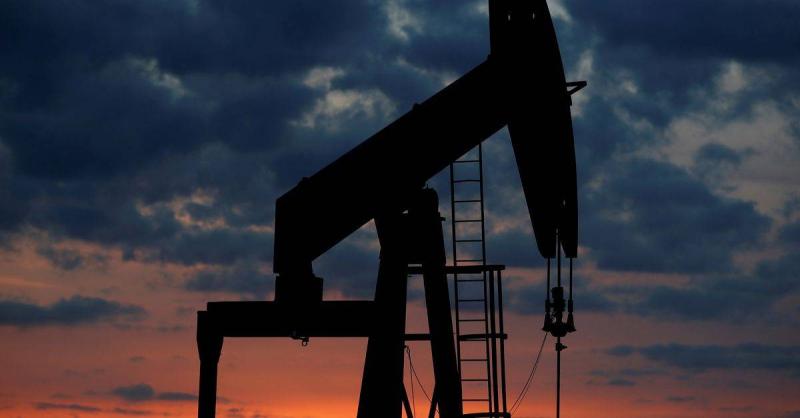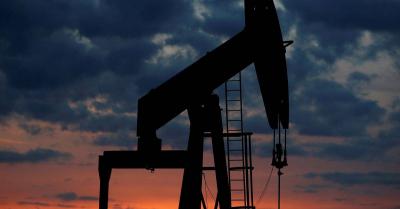The OPEC+ alliance, which includes the Organization of the Petroleum Exporting Countries (OPEC) and allies such as Russia, agreed on a new production cut last Sunday. This alliance produces 40% of the world's crude oil. Saudi Arabia, the largest oil producer in the alliance, will further reduce its production in July as part of a broader OPEC+ agreement to cut supplies until 2024 in an effort to combat falling oil prices. The unexpected significant production cuts announced by OPEC+ in April helped raise prices by about nine dollars per barrel to above $87 in the days following the announcement, but Brent crude prices have since lost those gains. Oil prices have declined since then, with Brent crude futures trading below $78 per barrel on Monday.
In addition to extending the current cuts of 3.66 million barrels per day, the OPEC+ alliance agreed on Sunday to reduce total production targets by an additional 1.4 million barrels per day starting January 2024, bringing the total production of the alliance down to 40.46 million barrels per day. The changes included cuts to production quotas for Russia, Nigeria, and Angola to align with current production levels.
Here are the main reasons behind OPEC+'s production cut:
**Concerns About Weak Global Demand**
Data from China raised concerns about a slowdown in economic recovery following the lifting of COVID-19 lockdown restrictions in the world's second-largest oil consumer. Russian Deputy Prime Minister Alexander Novak stated that there is "intervention in market mechanisms," a term used by Moscow to refer to the price cap imposed by the West on Russian oil. Fears of a potential banking crisis in recent months have led investors to sell high-risk assets, such as commodities, as oil prices dropped to around $70 per barrel from a peak of $139 in March 2022. Any economic recession could lead to further declines in oil prices. Concerns over U.S. debt ceiling negotiations have put pressure on oil prices, although worries about the largest oil-consuming country defaulting on its debts have eased since the Republican and Democratic parties reached an agreement last week.
**Punishing Speculators**
The planned oil production cut will also penalize short sellers who are betting on price declines. Saudi Energy Minister Prince Abdulaziz bin Salman warned traders in 2020 against increasing their bets in the oil market, stating that he would try to create volatility and that those who gamble on oil prices would suffer. He repeated his warning last week when he urged speculators to exercise caution, which many market observers and investors interpreted as a signal that OPEC+ might consider further production cuts.
**Increase in U.S. Production**
The U.S. government predicts that U.S. crude oil production will rise by 5.1% to 12.53 million barrels per day in 2023, and by 1.3% to 12.69 million barrels per day in 2024, compared to production of about ten million barrels per day until 2018. Meanwhile, the Saudi Ministry of Energy stated that the Kingdom's production, which constitutes the majority of OPEC+ output, will decline to nine million barrels per day in July from about ten million barrels per day in May, marking the largest cut in years. Saudi production is expected to rise back to nearly ten million barrels per day starting in August unless market conditions prompt the Kingdom to extend the cut. Russia, the world's third-largest oil producer, aims for production of about 9.5 million barrels per day through the end of the year and 9.3 million barrels per day next year.
**Tensions with Washington**
Any additional cuts from OPEC+ could lead to tensions with major consuming countries trying to combat inflation. Washington has characterized the cuts announced by OPEC+ in April as inappropriate and has repeatedly criticized OPEC for price manipulation and bias toward Russia despite the war in Ukraine. The United States is considering legislation known as NOPEC, which would allow for the confiscation of OPEC assets on U.S. soil if collusion to destabilize the market is proven. OPEC+ has criticized the International Energy Agency (IEA), a Western energy monitoring body which counts the U.S. as its largest funder, for releasing oil reserves last year, stating that this was necessary to lower prices amid fears that sanctions would disrupt Russian supplies. The IEA's predictions that prices would rise have never materialized, leading OPEC+ sources to claim the agency has political motives aimed at bolstering U.S. President Joe Biden's position. The U.S., which released most of its reserves, said it would buy back some oil in 2023 but ruled out doing so later. OPEC observers also state that the group needs to increase oil prices in nominal terms because Western money printing in recent years has diminished the value of the dollar.




